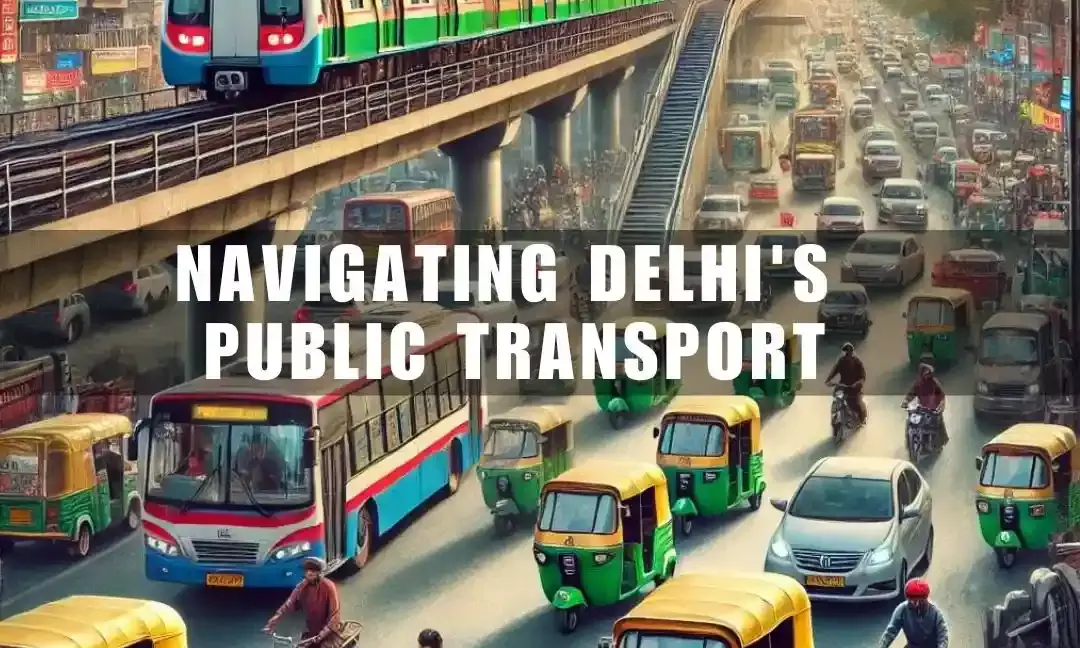On the Road to Promise: Navigating Delhi’s Public Transport Safety Dilemmas
Delhi’s public transport system has been a focal point of policy, progress, and, inevitably, controversy.;

Delhi’s public transport system has been a focal point of policy, progress, and, inevitably, controversy. From the sprawling metro system to the increasing fleet of city buses, the capital has long nourished dreams of chiseling out an efficient, accessible, and safe transit ecosystem.
For many women who rely on those services daily, commuting has remained fraught with discomfort and safety concerns. Recent scrutiny of the bus marshal program, arguably its most high-profile initiative to keep women’s journeys safe, has shown how far short the city has come from its pledge to make public transport safer for all.
Since the Aam Aadmi Party (AAP) government introduced civil defence volunteers (CDVs) as bus marshals in 2015, it has been a program under both praise and scrutiny.
The move was part of the wider commitment of the government towards ensuring women’s safety—an issue highlighted by numerous incidents of harassment and violence reported on public buses. Marshals were supposed to be protectors of the commuters, and their presence at night was a further assurance to women that someone was around who could take immediate action if it came to that.
However, recent events have thrust the program into political debate, raising questions about the role and sustainability of such safety initiatives.
The role of CDVs in buses came under fire in 2023 when Delhi’s revenue and finance departments questioned the program’s legality. Their argument? CDVs, traditionally deployed during emergencies and natural disasters, should not be permanently assigned to transport services. This interpretation axed about 10,000 bus marshals in November 2023 and set off a political standoff with the huge wave of protests by their former marshals, who had become typical features in Delhi’s bus network.
Last week, former bus marshals, asking to get their jobs back, staged a protest near the residence of Lieutenant Governor. The protest brought into view the personal consequences of the job cuts just as it marked the relevance of their roles in the metropolis’ transport ecosystem. Political parties have also been drawn into the debate, taking sides on the matter in ways reflective of the broader ideological divides over public safety and government spending.
The Delhi government’s bus marshal program was a unique initiative right from its inception aimed at addressing women’s safety. Marshals were supposed to instill some sort of fear among the harassers and also build an atmosphere of vigilance.
This move, in the wake of initiatives like free bus rides to women, for instance, showed progressive vision towards public safety in transport, underscored by the belief that affordable transit options can be leveraged to empower Delhi’s women and vulnerable populace.
However, there is resistance to the deployment of CDV from the finance and revenue departments, and so the state government has reached a fork in the road. The decisions to scrap marshals from buses have created debates on whether budgetary and administrative reasons can override a very basic need for safety in the city, which still reports harassment and crime against women.
The latest mass protests by former marshals have revealed, more seriously for public policies related to safety, how these could balance legal mandates with community needs. A mark of even greater needed clarification between roles and responsibilities amongst the CDVs lies in the tension between revenue authorities of the state and that of the administration of the state. A clear framework for the deployment of CDVs could thus address many of these issues, and future safety initiatives would not be stymied by red tape or administrative pushback.
Although the bus marshal program had its weaknesses, including some suggestions that training was not adequate or duty accountability exposed, it still represented a positive move to make public transportation safer. From now onwards, the Delhi government can strengthen the programme by filling in such loopholes of gaps. Further training on the marshals and maybe employing safety personnel rather than CDVs can easily better serve the purpose in the given legal definitions while meeting public needs for safety.
The latest protests remind everyone that the journey towards safe, inclusive public transport is still on in Delhi. The controversy surrounding the bus marshal best explains the dilemmas in working out safety initiatives with other restrictive legal constraints and budgetary priorities. By reaffirming its commitment to public safety, Delhi now has an opportunity not just to fulfill a promise but to set a precedent for urban safety initiatives across India.

